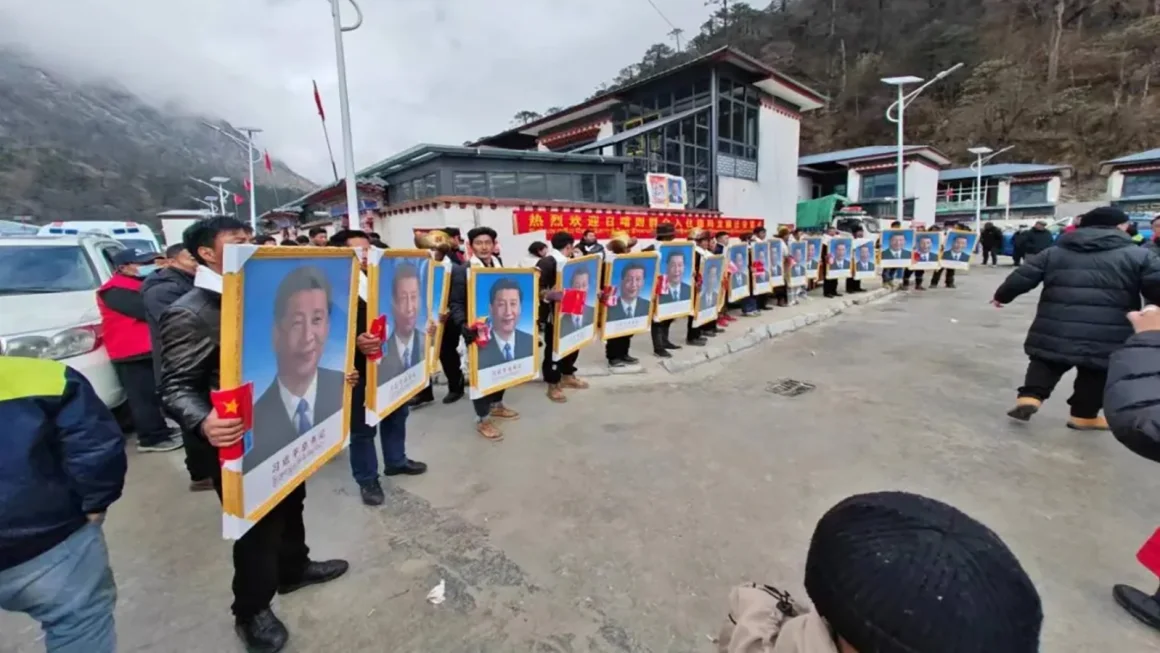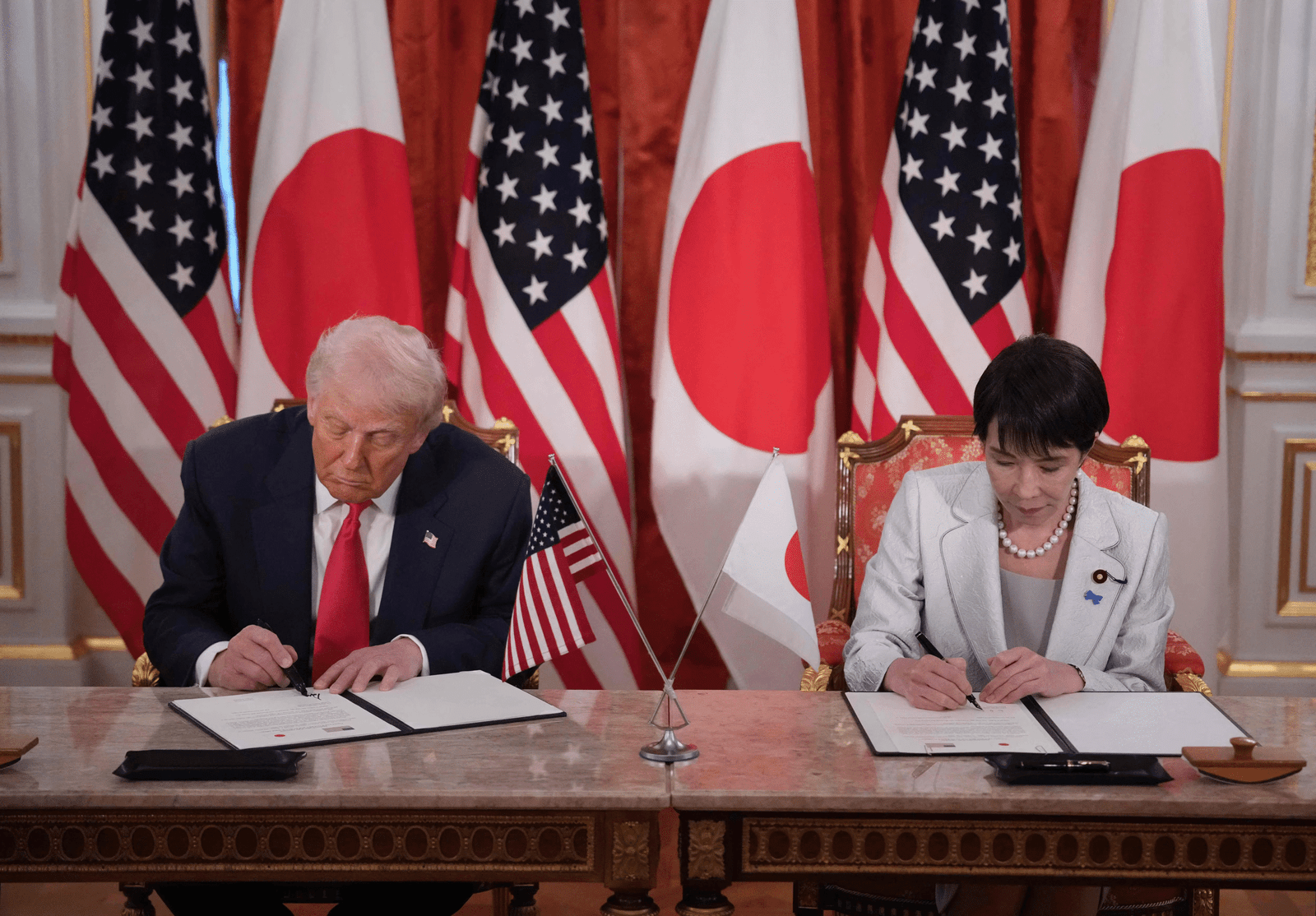China’s efforts to construct new villages along its disputed Himalayan border with India have intensified global scrutiny, raising questions about its intentions. These villages, referred to as “xiaokang” (or “well-off” villages), often boast roads, helipads, and walled compounds, suggesting dual civilian-military uses. The strategic locations of these villages, some built alarmingly close to the Line of Actual Control (LAC), have heightened concerns about China’s motives, especially as these areas are significant in the long-standing China-India border dispute.
Beijing maintains that these villages are part of a broader initiative to uplift remote regions and boost economic prosperity for the inhabitants. However, analysts and neighboring nations view this development as part of China’s “gray zone” strategy—a tactic that involves civilian infrastructure with the potential for military use. These structures and the associated infrastructure, such as improved road access and helicopter pads, appear poised to support military logistics, thus strengthening China’s foothold in contested territories without direct military confrontation.
In addition to military support, these villages increase China’s civilian presence along disputed areas, potentially reinforcing its territorial claims. This approach underscores a blend of soft power and strategic presence, intended to avoid overt military conflict while still asserting dominance. For India, this represents a challenging security development, forcing its own border and defense strategies to adapt to China’s silent, non-confrontational land expansion.











